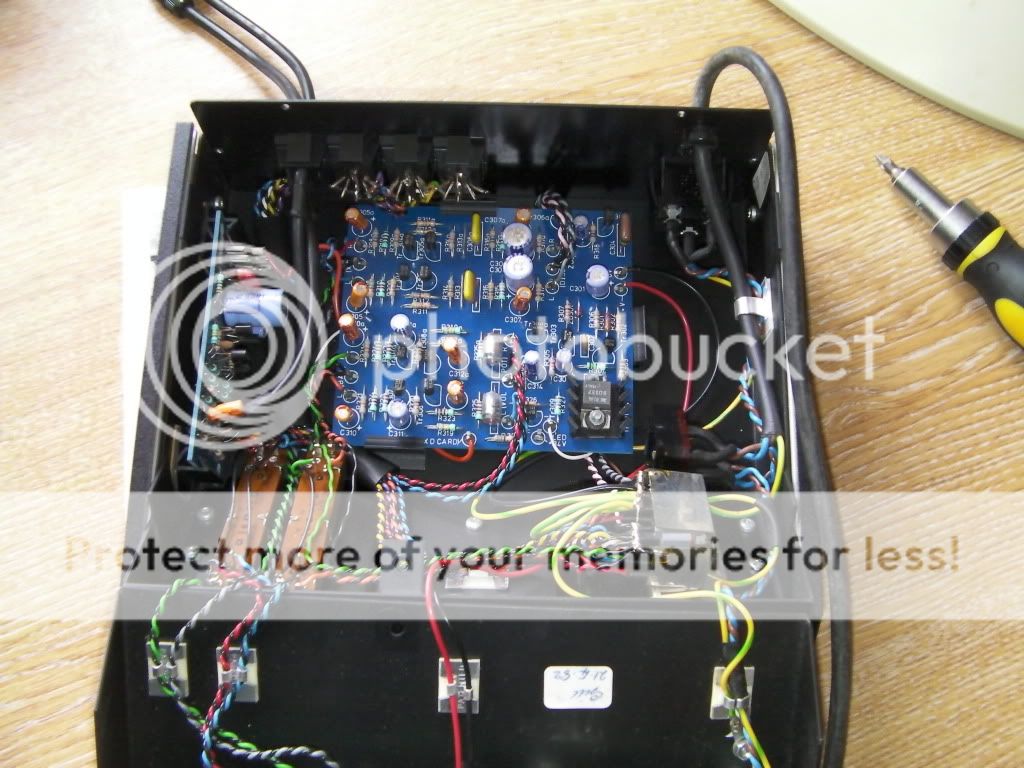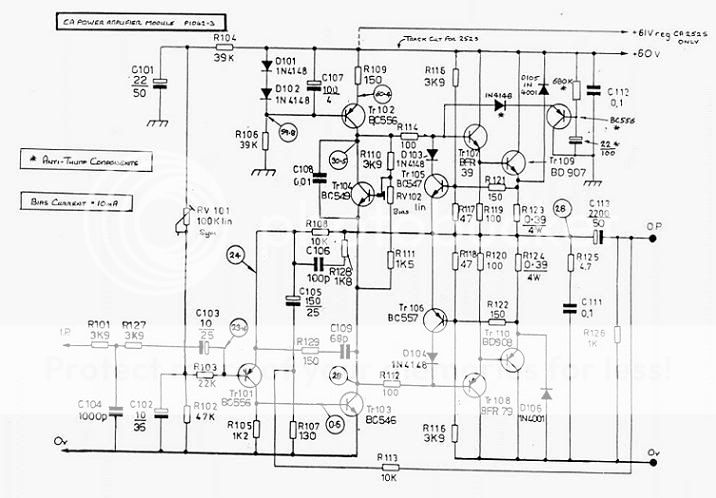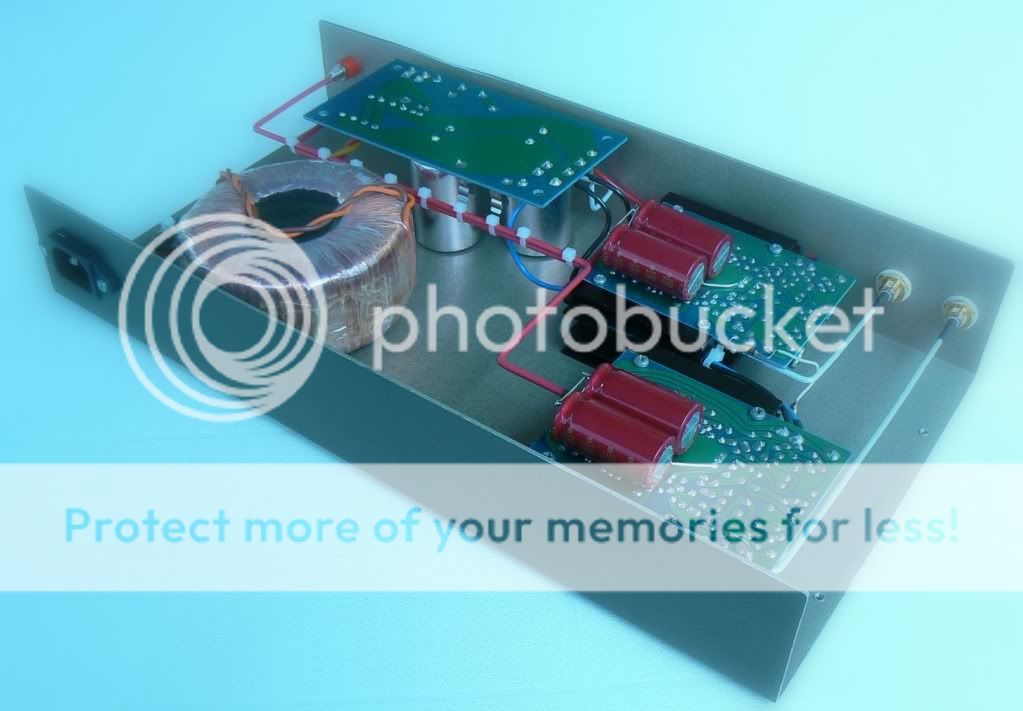I enjoyed reading the article, thanks for taking the trouble to upload it.
It would be interesting to read the "next installment", how ion systems were later taken over and changed their range and finally how Richard Hay started working with Heed in Hungary and designed amplifiers with and without capacitor coupling for them
Hi
Just stumbled back upon this thread...and I thought I might, as Richards son, be able to add a little insight...admittedly whilst most of the Nytech stuff happened when I was quite young and there are others who worked for Dad during the Nytech years who are far more qualified, I've more of a connection with the Ion years and Heed.
The whole Nytech to Ion thing and the move to Mid-Wales is quite a protracted story so not for here...but it was not long after the move to Wales that we met the Huszti family (Heed). Alpar and younger brother Zsolt were fans of the Obelisk (originally the CA102 if I remember correctly) and they had managed to figure out a clever way of being able to import product into the then communist Hungary. Alpar was based in Frankfurt, his wife is German, and their company, East End Audio Import, again if I recall correctly, had managed to get import licenses for Hungary. They'd organised to import a kit of parts, which they'd assemble in Budapest, so, as they were employing staff it made importation less of a problem...the Obelisks started to get built in Budapest, I believe some other manufacturers did the same with East End Audio too...probably Rega and Royd.
Zsolt, who is the technical brains of the family (sorry Alpar), had graduated from University in Budapest with a degree in electronics and acoustics (I think) and he spent quite some time over with us, learning the ropes and ideas from Dad, and so became an advocate of the AC coupled (cap coupled) amp design idea, which I guess dates back to Dads formative days working for Radfords alongside Messers Alner, Hamblin, Widgery...as well as Arthur Radford and Arthur Bailey, who were huge influences.
When Dad and Ron Walker (co-director of Ion) had increasing numbers of clashes, Dad called it a day, and left to pursue other business interests. That would have been in about 91/92...I think...Ion quite quickly fell apart and were no more.
In the interim period Heed as a brand started domestically in Hungary, designing a few small products, Zsolt was editing a Hi Fi Magazine, and also they published a few kit or "hobby" designs in the magazine, one being their Rega/Linn turntable power supply the Orbit. They then re-cycled and updated the Ion Phono Stages - into the Questar and Quasar...and designed their own and utterly brilliant little headphone amp the CanAmp...they then also had a small pre-amp called the Luna and a "regular" DC coupled amp called the CanOpus, which were their own designs.
In about 1999 I got in contact with Alpar & Zsolt to see if I could import these little devices back into the UK, I suppose going full circle! So I began importing the little Heed bits into the UK, and also joined my Dad in a joint venture, together with a couple of other mates, one who was a builder/developer we started the Multi-Room Company, importing multi-room audio/video gear, lighting control etc. So I managed to get Dad back into electronics, and of course he took immediate interest in what was going on back in Hungary...he was then able to be something of a sounding board for the guys at Heed. Zsolt and especially their main electronics designer Atilla are the guys behind the Heed designs, Dad, whilst he was alive was always on hand for them for advice and help when they needed it. He did make a few trips over but wasn't designing anything for them 24/7 etc. I know Dad was really pleased when Atilla joined the team, he rated him very highly, and he's got a complimentary skill set to Zsolt.
The re-juvenation of Nytech with Phil Balaam is another story, and one that delights me...as Phil used to be baby sitter as well as one of Dad's right hand men back in the 70's so probably had more time playing with my train set than I did...I must dig it out of the garage at some point. He's about as well placed as any to carry on the Nytech legacy pretty much over anyone else...
Myself and my brothers sadly have no aptitude for electronic design...so it's wonderful to see the Radfords/Nytech/Ion braintrust continue in Heed and new Nytech.
Blimey I've gone a bit...sorry!









